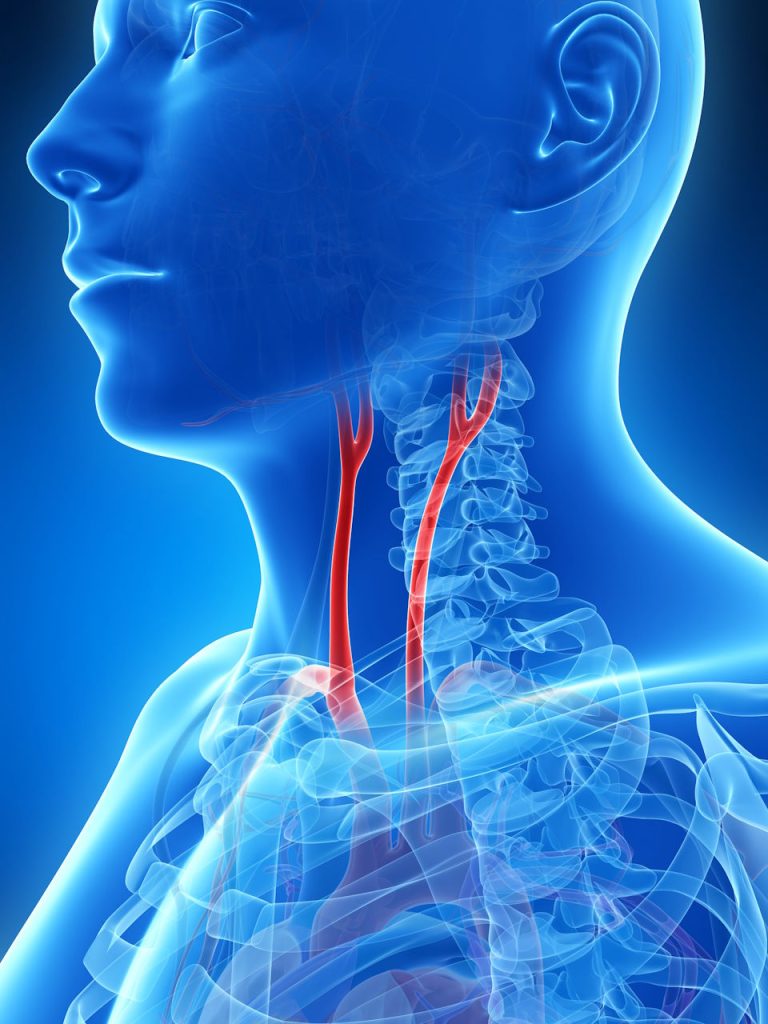Carotid Ultrasound – Online Learning Modules
Description

The Carotid Ultrasound course is designed for the Generalist or Cardiac sonographer who is required to perform carotid exams in their practice. This self-paced, didactic course covers the basic elements of anatomy, physics, exam protocols, carotid disease, and correlative imaging across five learning modules and approximately 12 hours of learning. Sonographers will review the theory of the carotid examination in preparation to use their skills in clinical practice, in a consistent and thorough review. Module quizzes will reinforce learning concepts, and a final quiz will complete the course.
In this initial release of the online course, learners will have access to the video learning modules, some case studies, a course moderator for any questions, and will have access to the course platform to return and review learning.
Upon successful completion of the final course quiz, participants will earn 15 Sonography Based CPD credits.
Module One: Cerebrovascular Anatomy
Anatomy review is the perfect launch point for this Carotid course. This module, broken down into four parts, covers all aspects of cerebrovascular anatomy including arterial wall anatomy, extracranial anatomy, intracranial anatomy and collateral routes, and carotid variant anatomy.
Module Two: Vascular Physics and Hemodynamics Review (in relation to the carotid system)
Sonographers will benefit from this physics review, an important module on hemodynamics. Over five segments, this module will delve into Doppler theory, colour and power Doppler, and pulsed Doppler. You’ll review normal hemodynamics, as well as hemodynamics in a stenosis.
Module Three: Examination Protocols
There are many aspects to the carotid examination protocol. This three-part module on Doppler acquisition and analysis will review examination protocols including required images and scanning techniques.
Module Four: Carotid Disease and Pathology
Understanding carotid disease and pathology is critical to the carotid examination. In Part 1 of this module, you will review cerebrovascular disease including risk factors, signs and symptoms, and mechanisms of disease. Part 2 will review pathology of the carotid system including plaque, stenosis, dissection, arteritis, and carotid body tumour, and more. You will understand the clinical application of Trans-Cranial Doppler (TCD) imaging and intracranial examination.
Module Five: Correlative Imaging and Treatment
How is carotid disease managed? What other imaging modalities are beneficial for diagnosis of carotid disease? This module will examine when correlative imaging studies using MRI and CT are required. In Part 2, treatment of carotid disease is reviewed, giving you an understanding of the options, standards, guidelines, and the patient’s treatment journey.
